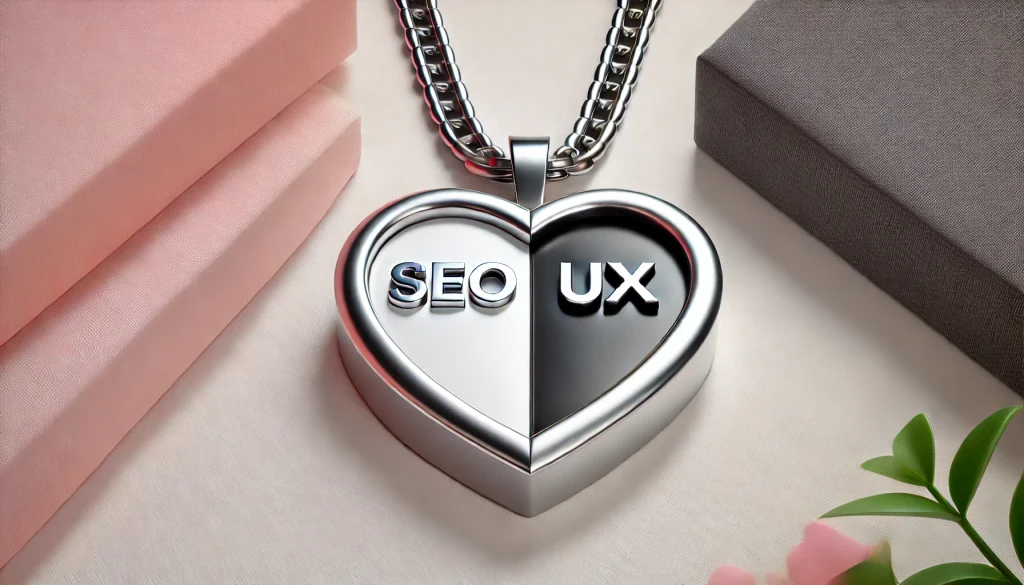| When we started in SEO back in the early 2000s, the game was completely different.
People used all sorts of manipulative tactics (now called “Black-hat SEO”) to rank their websites. Over time, Google introduced major updates to prevent these tricks, focusing instead on providing users with the best possible experience. Today, SEO is much more transparent and user-focused, meaning what’s good for your website visitors is also good for your rankings. Why User Experience Matters for SEOThink of Google as a business—it succeeds when its users are happy. Google prioritises websites that provide a positive User Experience (UX). That means sites need to load quickly, be easy to navigate, and offer the right content for what users are looking for. For example, if someone searches for “cat toys” and lands on your site, but it doesn’t load quickly or they can’t find what they need, they’ll leave and click on another result. |
This is called pogo-sticking, and it tells Google that your website might not be giving users what they want. The more people bounce back to search results, the worse it looks for your rankings.
What Does Google Look For?Google pays attention to things like:
|
The Role of Hosting in Page SpeedOne crucial but often overlooked factor in page speed is your website hosting. Hosting determines how quickly your server responds when someone visits your site. If you’re on a slow or unreliable hosting plan, even a well-designed website can lag behind, frustrating users and hurting your SEO. At PinkSEO, our SEO Managed Hosting Solution ensures that your website is hosted on fast, secure servers optimised for performance. If your page speed is low, hosting could be at least part of the issue. Check out our hosting services here, and we’ll help ensure your site is running as efficiently as possible. |
Core Web Vitals: SimplifiedGoogle introduced Core Web Vitals to measure specific aspects of UX:
|
Why User Experience is Key to Business SuccessA fast, user-friendly website does more than improve your rankings—it helps turn visitors into customers. If users enjoy their experience, they’re more likely to stay, explore, and make purchases. They’re also more likely to share your site, which helps you attract even more visitors. At PinkSEO, we specialise in optimising your website for both user experience and SEO. |
Our proven track record speaks for itself—check out our case studies to see how we’ve helped businesses like yours grow.
Let Us HelpImproving your website’s user experience and SEO can get technical, but you don’t have to handle it alone. Contact us for a free consultation, and let’s explore how we can help your website perform better and drive business growth. |
|
